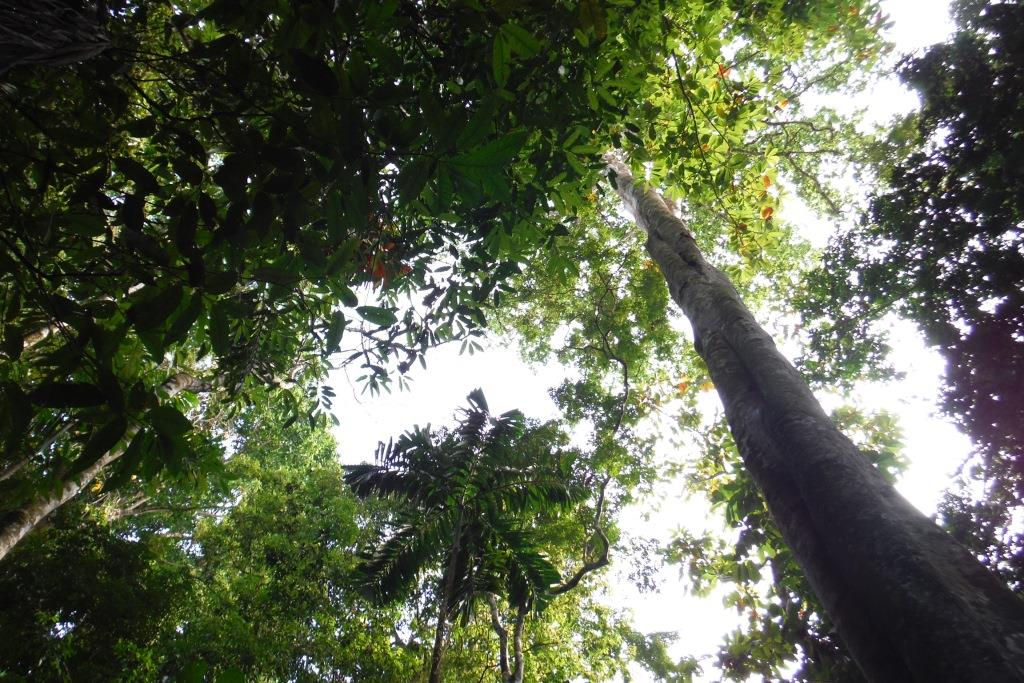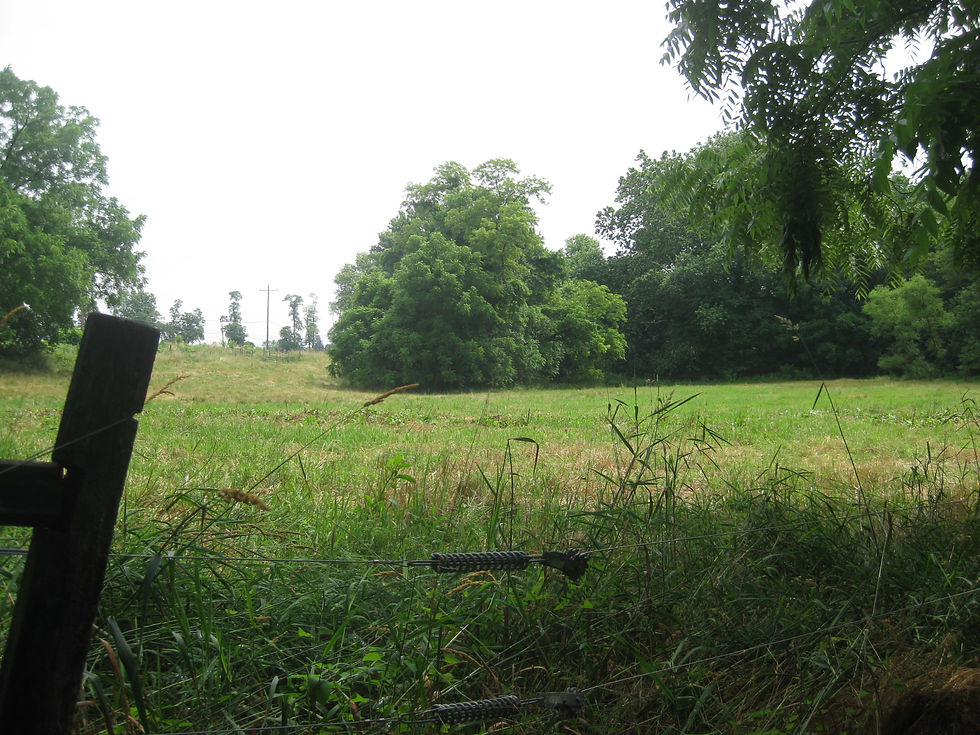
From streams and lakes to estuaries and oceans...
Snapshots of my scientific work and research

LeTort stream-side tree planting with fellow ALLARMies on Earth Day. Photo credit: ALLARM

Site of riparian buffer along the Yellow Breeches Creek, Boiling Springs PA. Photo credit: ALLARM

A family of passionate and energetic environmental leaders. Photo credit: ALLARM

LeTort stream-side tree planting with fellow ALLARMies on Earth Day. Photo credit: ALLARM
Alliance for Aquatic Resource Monitoring (ALLARM), Carlisle PA
For a year and a summer, I worked with ALLARM, a non-profit that provides scientific and technical tools and support to communities aiming to protect and restore local streams. I performed laboratory work and conducted chemical monitoring of the local LeTort Stream running through Carlisle, PA. I developed an initial management plan for creating a riparian buffer to restore a creekside grazing pasture. The third phase of tree planting was completed in April 2015! A major aspect of ALLARM’s work focuses on providing workshops and technical trainings for community volunteers to monitor local streams and landscapes for effects from hydraulic fracking of natural gas. Helping to coordinate and lead these workshops was a highlight of my work, for this was when I could connect science directly with people.
Learn more about ALLARM.
Nutrient retention in cranberry bogs, Cape Cod MA
I completed my first big independent research project while studying at the Marine Biological Laboratory in Woods Hole, MA. I attended their Semester in Environmental Science (SES) program with 21 other students. For 10 weeks we learned about the biogeochemistry and ecology of Cape Cod’s forests, ponds, and estuaries. After intensive training in field and laboratory methods, each student developed a 5-week independent project. I studied nutrient cycling in cranberry bogs to see how this form of agriculture might affect downstream aquatic ecosystems. I compared how a conventionally-managed, organically-farmed, and abandoned cranberry bog each processed and released nitrogen and phosphorus into downstream waters. Though this project, I was able to combine my interests in aquatic and terrestrial ecosystems to address a question that is applicable to how humans interact with our environment.
Learn more about SES.

Organic cranberry bog site, Harwich MA.

Collecting water samples from the organic bog site. It was cold out there!

Zeke's Way, the abandoned cranberry bog I sampled. A beautiful spot for a lunch break during a field day.

Organic cranberry bog site, Harwich MA.

Collecting phytoplankton samples from the dock as the tide comes in.

The Yaquina Bay Bridge, icon of Newport OR.

Working in a lab means you get to help other scientists with their research projects. I had a blast driving around Netarts Bay on a hovercraft to collect GPS points.

Collecting phytoplankton samples from the dock as the tide comes in.
Effects of algal blooms on seagrass communities, Yaquina Bay OR
During the summer of 2014, I held an internship with the Environmental Protection Agency through their Greater Research Opportunities (GRO) for Undergraduates Fellowship. For two months I lived and worked in Newport, along the Oregon coast. In addition to assisting with my mentor’s research, I developed my own project to study the effects of algal blooms on sensitive seagrasses living in the Yaquina Bay estuary. I collected phytoplankton from the estuary and set up a system to measure how much light the plankton absorbed when present at different concentrations in the water. This experiment showed us how seagrass communities, which are key species in coastal ecosystems, may be influenced by changes in water clarity.
Learn more about EPA GRO.
Learn more about EPA’s work in coastal Oregon.
Lake sensitivity to environmental change, Carlisle PA
For my senior independent research project, I studied two lakes in Northeastern Pennsylvania and their sensitivity to regional changes in climate and atmospheric deposition. Lakes are very sensitive to changes in the environment and research shows that clear lakes respond more sensitively to landscape change than browner lakes. I compared a clear and brown lake, using a paleolimnological approach to focus on biological diatom community change over time. I analyzed diatom records in conjunction with historical deposition and climate data and lake chemical monitoring. This research is still undergoing so if you have questions or want to learn more, please contact me.
Abstract submitted to the Association for the Sciences of Limnology and Oceanography annual meeting Feb 2015.

Labeling sample vials to ship sediment samples for dating.

Processing sediment samples to remove organic matter and isolate diatoms.

Microscope slides all ready for diatom identification and counting.

Labeling sample vials to ship sediment samples for dating.